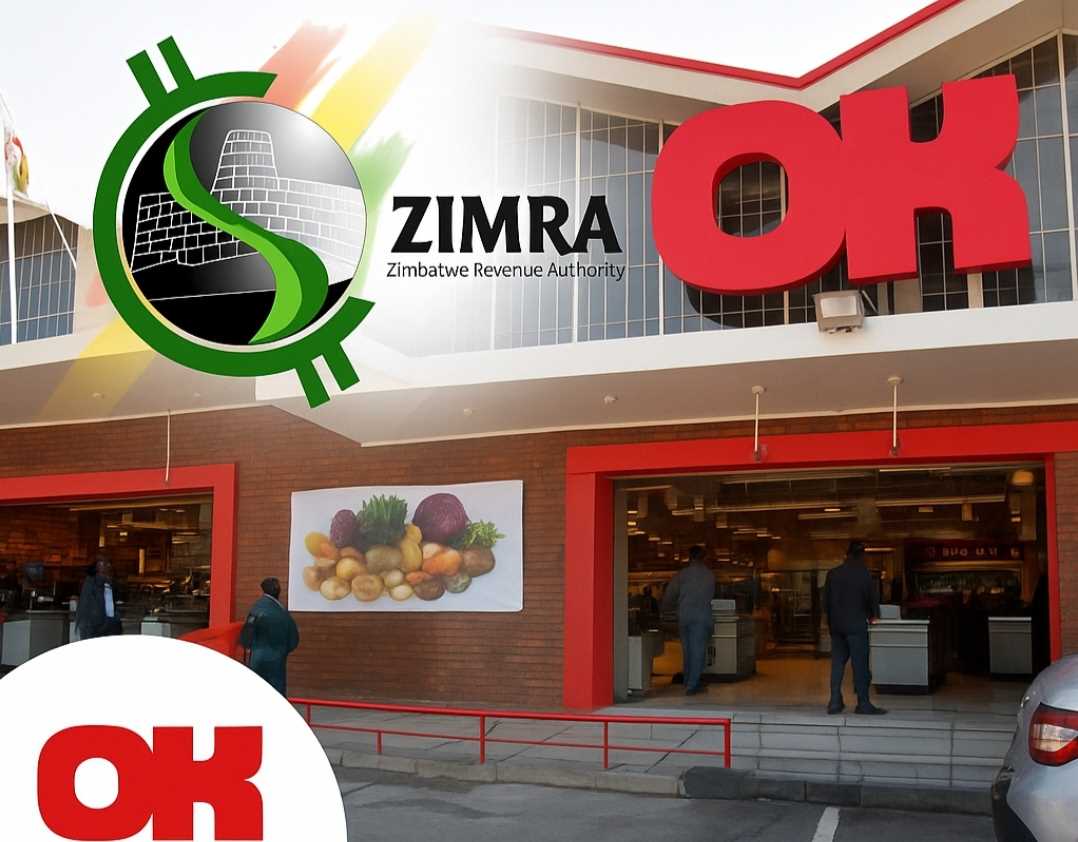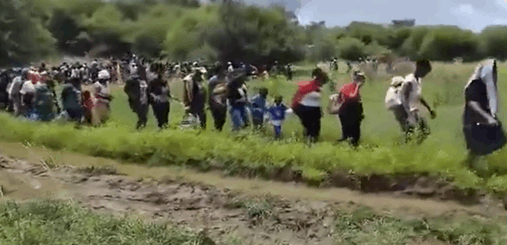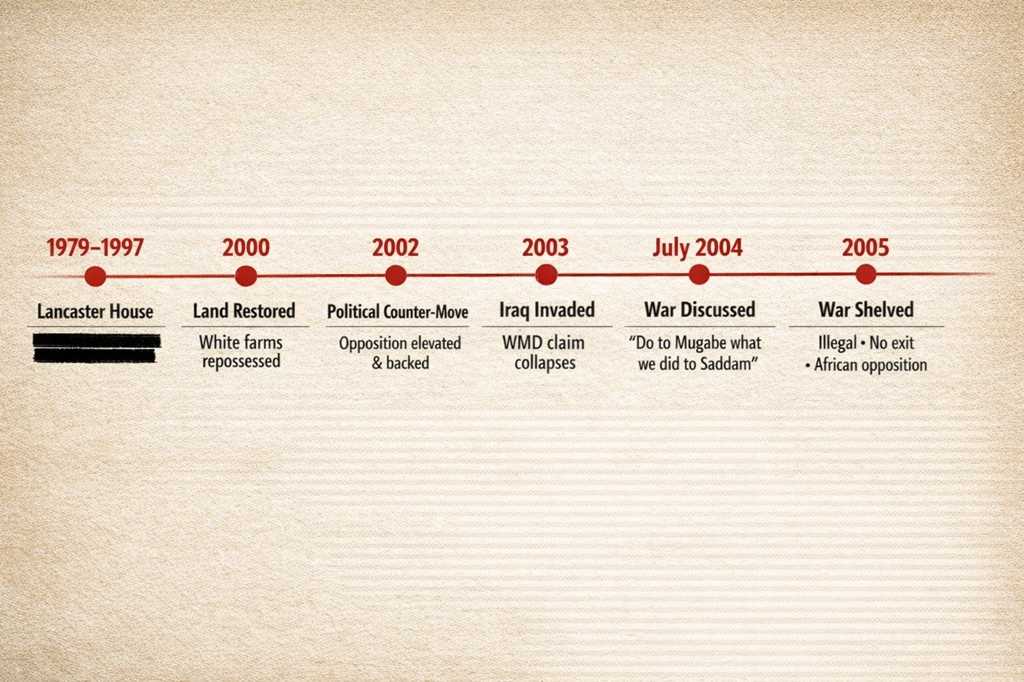
Audrey Galawu
Zimbabwe’s poverty and food insecurity has remained high despite having decreased post Covid-19.
On the back of economic recovery and record maize harvests in the 2020/21 agricultural season, the extreme poverty rate fell by 6 percentage points to 43 percent in 2021 and to 42 percent in 2022.
According to the World Bank, there may be several reasons why economic growth has failed to translate into lower poverty rates.
“Nevertheless, poverty, vulnerability, and food insecurity rates remain worryingly high. Despite robust economic growth in the period following the pandemic, the share of the population living in extreme poverty and food insecurity remains worryingly high.
“It may indicate that the poverty elasticity of agricultural growth may be low because the farm production of smallholder farmers has been limited by the increase in fertiliser prices. In addition, further high inflation has eroded purchasing power, limiting both income and consumption growth.
“The food insecurity rates also dropped from their highs of 2020 and early 2021. In late 2021, 38 percent of households were moderately or severely food insecure, while the proportions of households that were either severely and moderately, or severely, insecure declined from 61 and 18 percent, respectively, from a few months earlier in March 2021,” the World Bank reports.
Related Stories
The urban poverty levels reduced from 17% to 13% after the pandemic, while the rural poverty levels decreased from 63% to 54% and the national poverty levels dropped from 49% to 42% during the period between December 22 and January 2023.
Meanwhile, the food insecurity levels growth is predicted to slow in 2024, as agricultural output is expected to suffer from predicted erratic and below-average rainfall caused by the El Niño weather pattern.
“The high cost of seeds and fertilizers, coupled with financing issues, will further limit agriculture potential. Nonetheless, domestic demand is expected to increase as inflationary pressures ease.
“Continued implementation of economic reforms, including those outlined in the arrears clearance dialogue, will help cool down inflation and exchange rate pressures.
“The fiscal deficit is projected to moderate in 2024, though risks remain high. Interest payments from servicing QFOs debt are projected to increase significantly, posing liquidity risks amid limited access to concessional financing. The fiscal deficit is projected to decline to under 2.0 percent in 2024 and 2025.
“Management of fiscal policy is likely to remain challenging due to public debt unsustainability. Fiscal consolidation will be required to restore fiscal sustainability and economic growth,” further reads the report.
Global instability is, however, expected to continue, keeping commodity prices high, especially fuel.


















Leave Comments